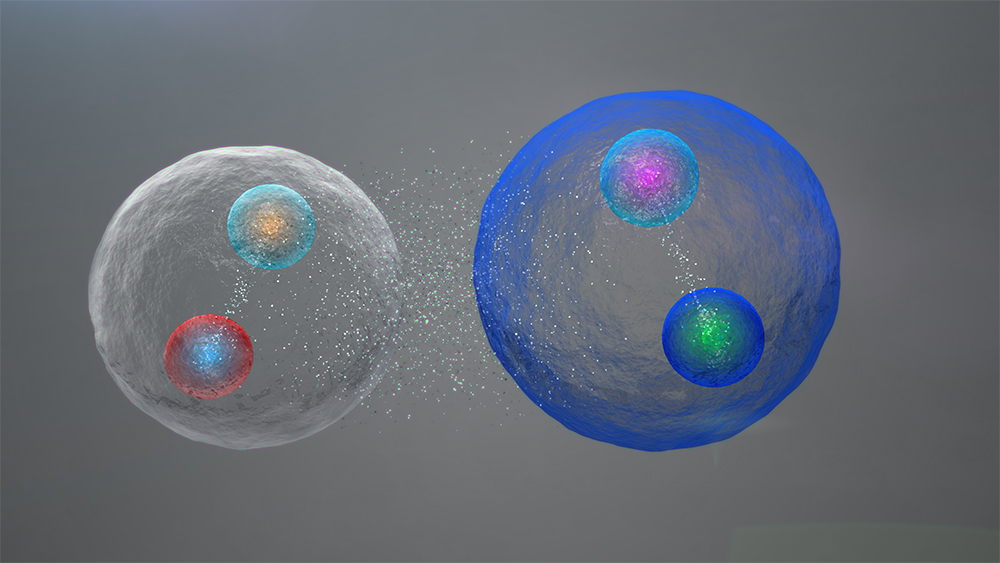Of all the things we know about, the speed of the light is fastest! Think about anything you think travels fast and light travels faster than that. Can you guess how fast?
Light can travel 300,000 kilometers in one second!
Can you imagine how fast that is? It is so fast that light can travel about seven times around the Earth in one second!!
That’s about light. What is a light year then?
Fun Light Year Facts for Kids
Light Year Definition
Light Year is the distance that light can travel in one year. Considering that light can travel about 300,000 kilometers (km) each second, in one year it can travel 9,500,000,000,000 kilometers. Phew! It would be easier to say that one light year is about 10 trillion km.
Aren’t so many zeroes astonishing? Distances in space are so vast that if we measure them in kilometers or miles the result will be a mind-boggling huge number!
Light Year Example
Take an example. The distance of our galaxy to the next nearest large galaxy – the Andromeda is 21,000,000,000,000,000,000 km. What? Can you even interpret this number? It is 21 quintillion km. This is a number so large that it becomes hard to read and hard to understand.
In the universe, the kilometer is just too small to be useful. Thus, astronomers use other units of distance. They use light year to measure distances in space the same way we use Kilometers to measure distances on Earth.
Now using measure of light year, we can comfortably say that the nearest spiral galaxy – Andromeda – is 2.3 million light-years away or nearest star to us is about 4.3 light-years away. Easier to understand, right?
Did you know?
Almost 300 years ago, a Danish scientist named Olaus Roemer, was the first man to estimate the distance light travels in a year – and using that he figured out the approximate speed of light!
Useful Resource:
We suggest parents to refer to excerpts provided by American Museum of Natural History to further develop insights on how the speed of light was measured first by Olaus Roemer. The excerpt is based on original publication Cosmic Horizons: Astronomy at The Cutting Edge, edited by Steven Soter and Neil deGrasse Tyson.





Leave a Reply